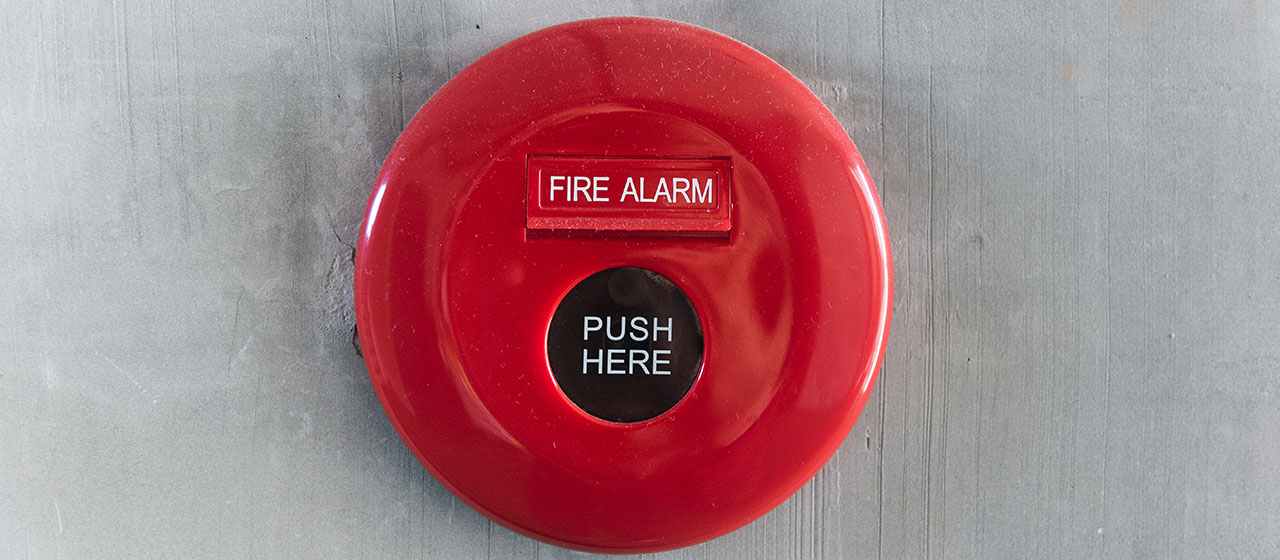How Often Does Your Fire System Need A Service?

Servicing fire systems is key for maintaining a safe environment in various settings, including homes, businesses, and factories. This service caters to the need for early warnings. It gives people time to evacuate when there’s danger, helping prevent human casualties. Regular maintenance checks are necessary to ensure the fire system performs well at all times. Ensuring optimal operational efficiency is the ultimate objective here.
Understanding What entails a Fire System
Before we get into the details of the servicing schedule, it is important to understand the concept of a fire system. A fire alarm system consists of different components. These components work together to detect and alert for fire breakouts.
Fire System Servicing and its Significance
When it comes to fire safety, it’s important to remember that prevention is better than cure. Regular fire system maintenance provides early warnings, ensuring occupants are alerted in a timely manner. Regularly inspecting the fire system helps identify possible issues and allows for quick fixes. This ensures that false alarms, which can cause unnecessary panic situations, are prevented. Regularly servicing your fire system helps it last longer, saving you money in the long run.
Determining Fire System Servicing Timeline
The timeline for fire system servicing rests on a host of factors. The fire system’s installation depends on various factors such as the building’s characteristics, its purpose, regional regulations, and the manufacturer’s recommendations.
A residential or commercial building should have its fire system serviced once a year under normal circumstances. However, buildings with high occupancy or containing hazardous materials may require more frequent servicing throughout the year. You should get professional advice to help you choose a suitable maintenance schedule.
Integration of Additional Safety Features in Fire Systems
When upgrading or building a new fire system, you can enhance the fire protection by adding extra safety features. Consider some examples like sprinkler systems, emergency lighting, smoke detectors, and carbon monoxide detectors, among other things.
Safety features improve the efficiency of the fire detection and response system. Integrating them would lead to higher expenses and changes in the maintenance schedule. Each part should be checked to ensure it is working accurately and in harmony with the rest of the system.
Collaboration and Coordination with the Local Fire Department
A strong fire system plan should also work together with the local fire department. This group helps you learn about new fire safety technology for your business. It can provide useful information and ideas.
Additionally, including the fire department in regular inspections and drills can help them become familiar with the layout of your facility and the details of the fire system that has been installed. This would help provide faster and more efficient responses in real emergencies. It would be invaluable for saving lives and reducing property damage.
Education and Training of Occupants and Staff
Maintaining an effective fire system involves making sure that everyone knows how it works and what to do in case of a fire. To enhance fire safety, regularly conduct training sessions, evacuation drills, and keep up with routine updates for fire system servicing.
Prompt Servicing: What You Should Look Out For
While it is usually expected to follow the servicing deadlines, there are times when urgent servicing is necessary. Pay attention to these signs or red flags that indicate a problem with your system. Take action immediately to address the issue. Your system may need help if you experience false alarms, system issues, power loss, or a failing backup battery.
